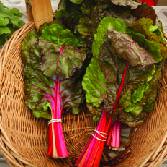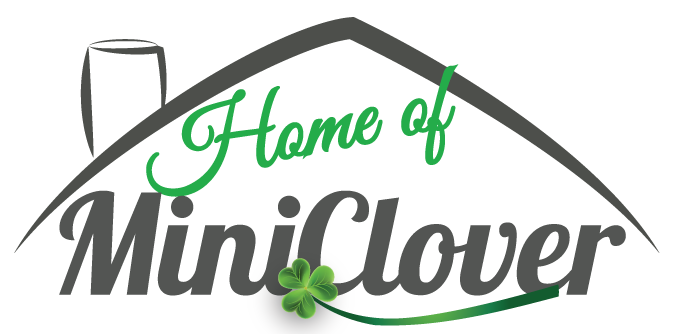-
CATEGORY ::
- All Seeds /
- All Flower Seeds /
- All Agastache Seeds
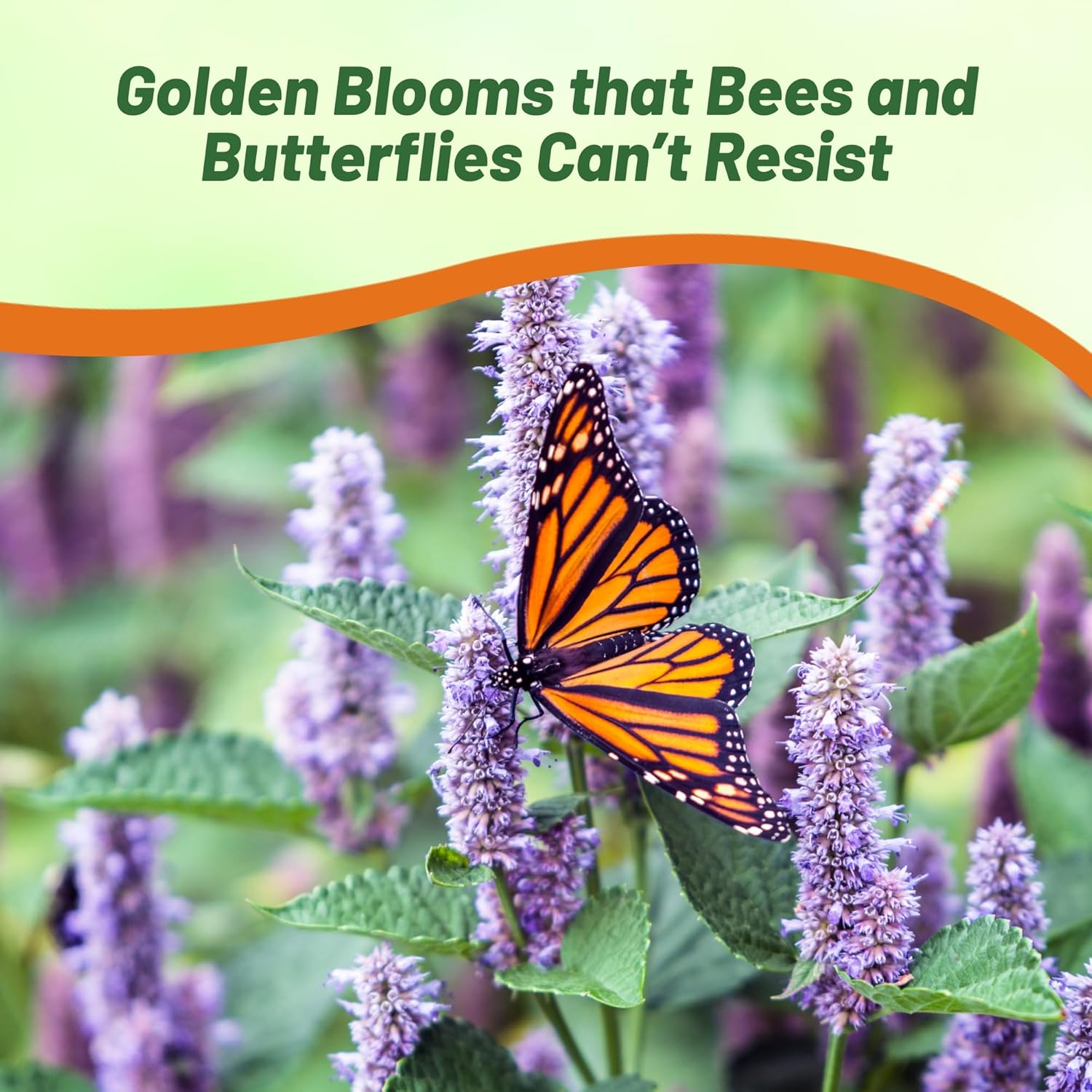

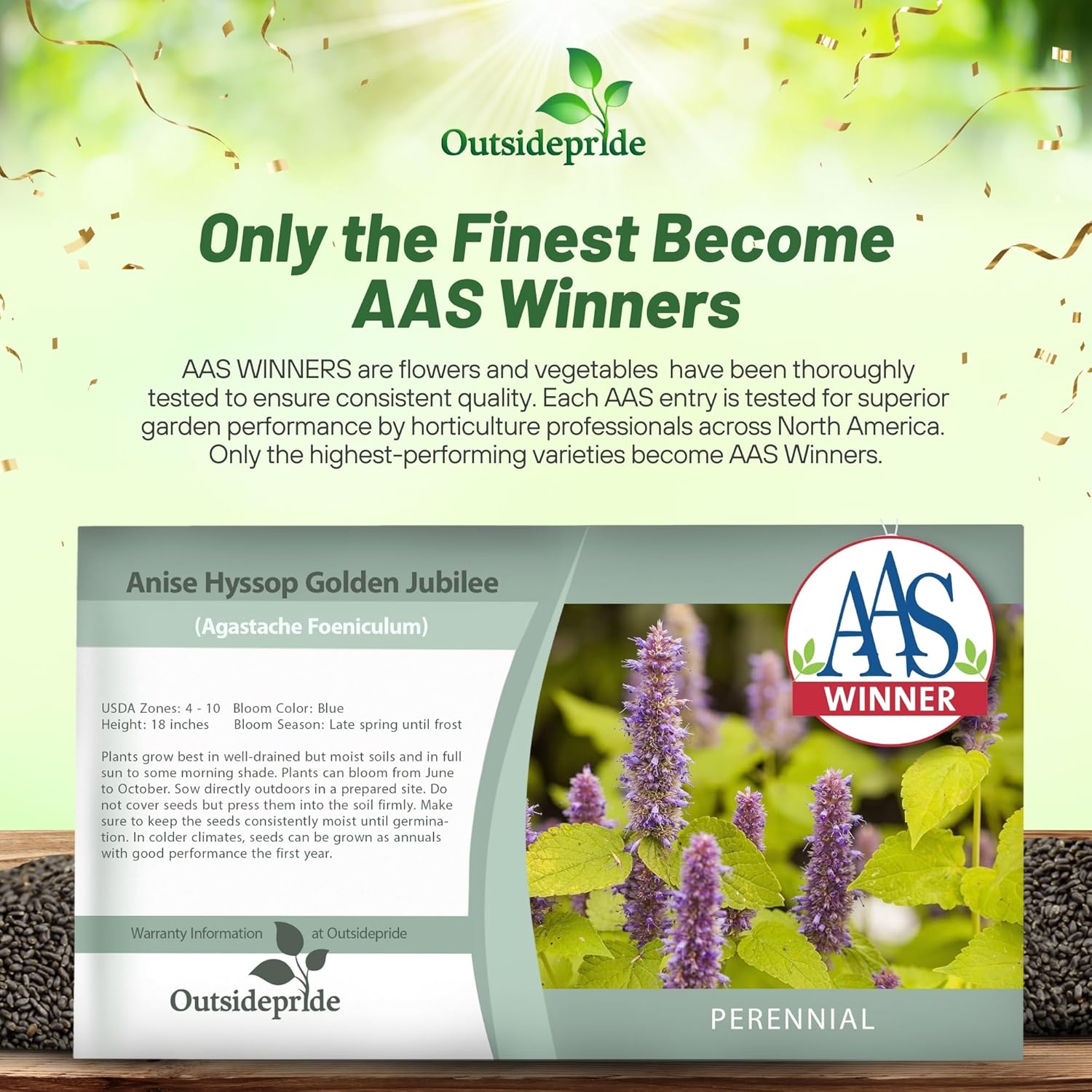
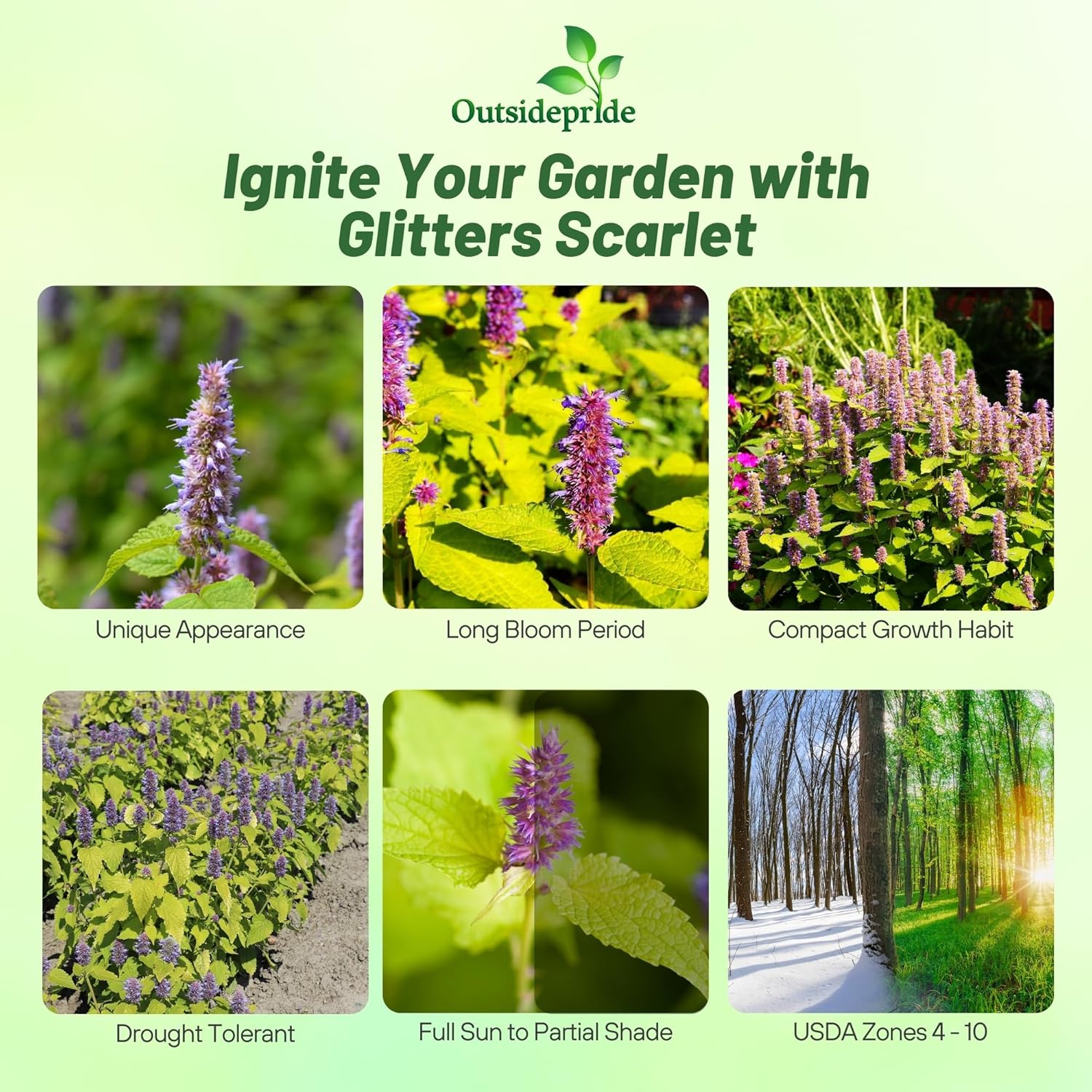
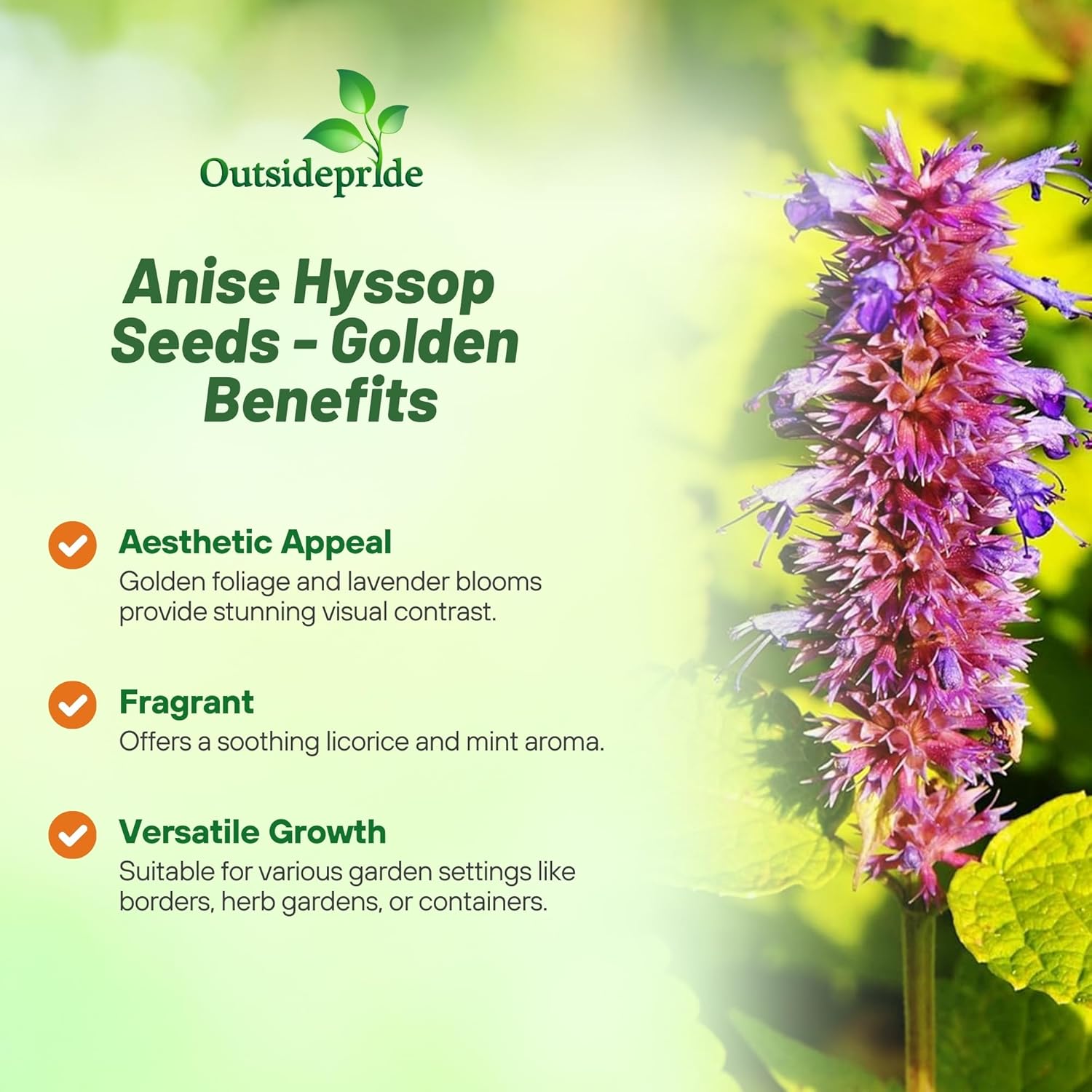
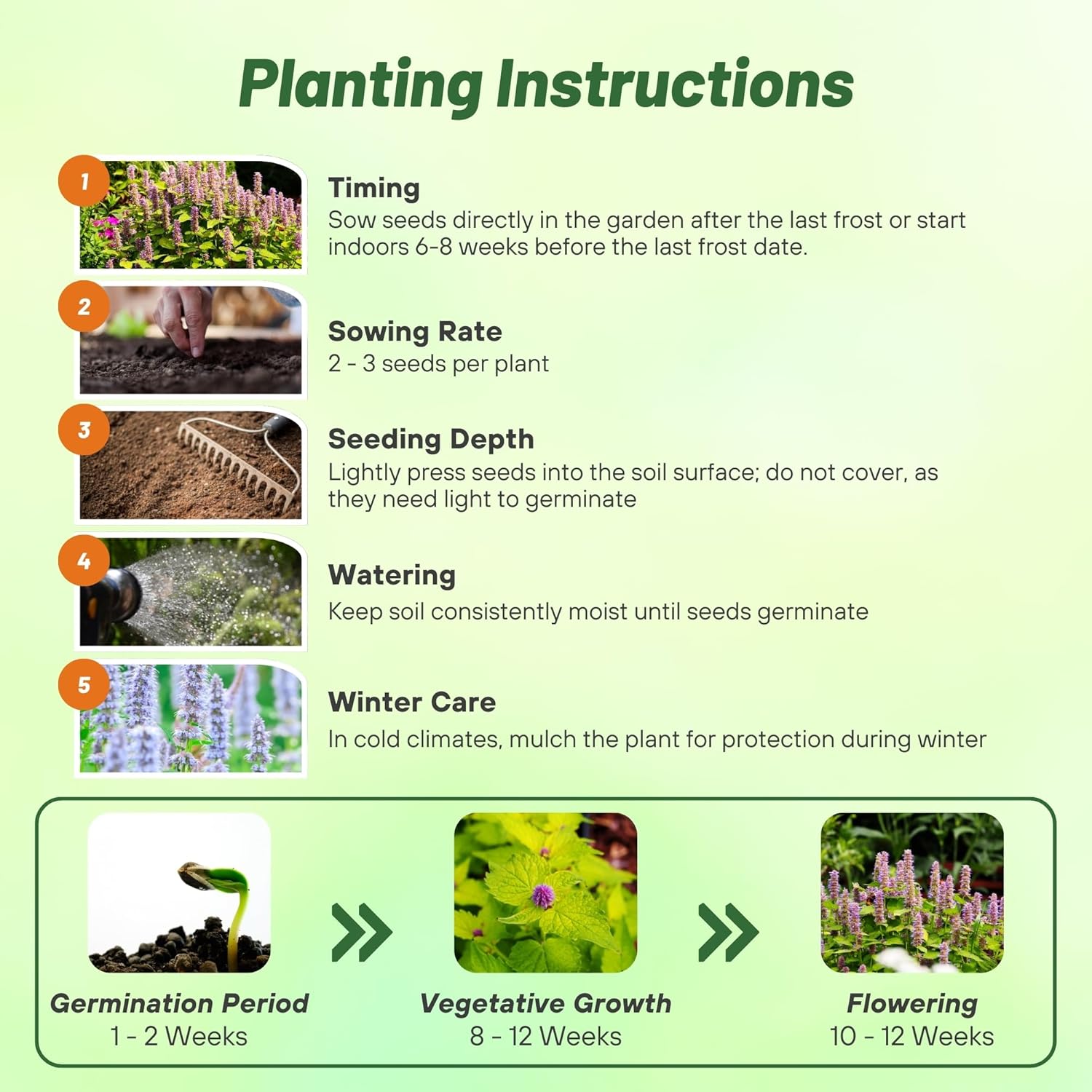
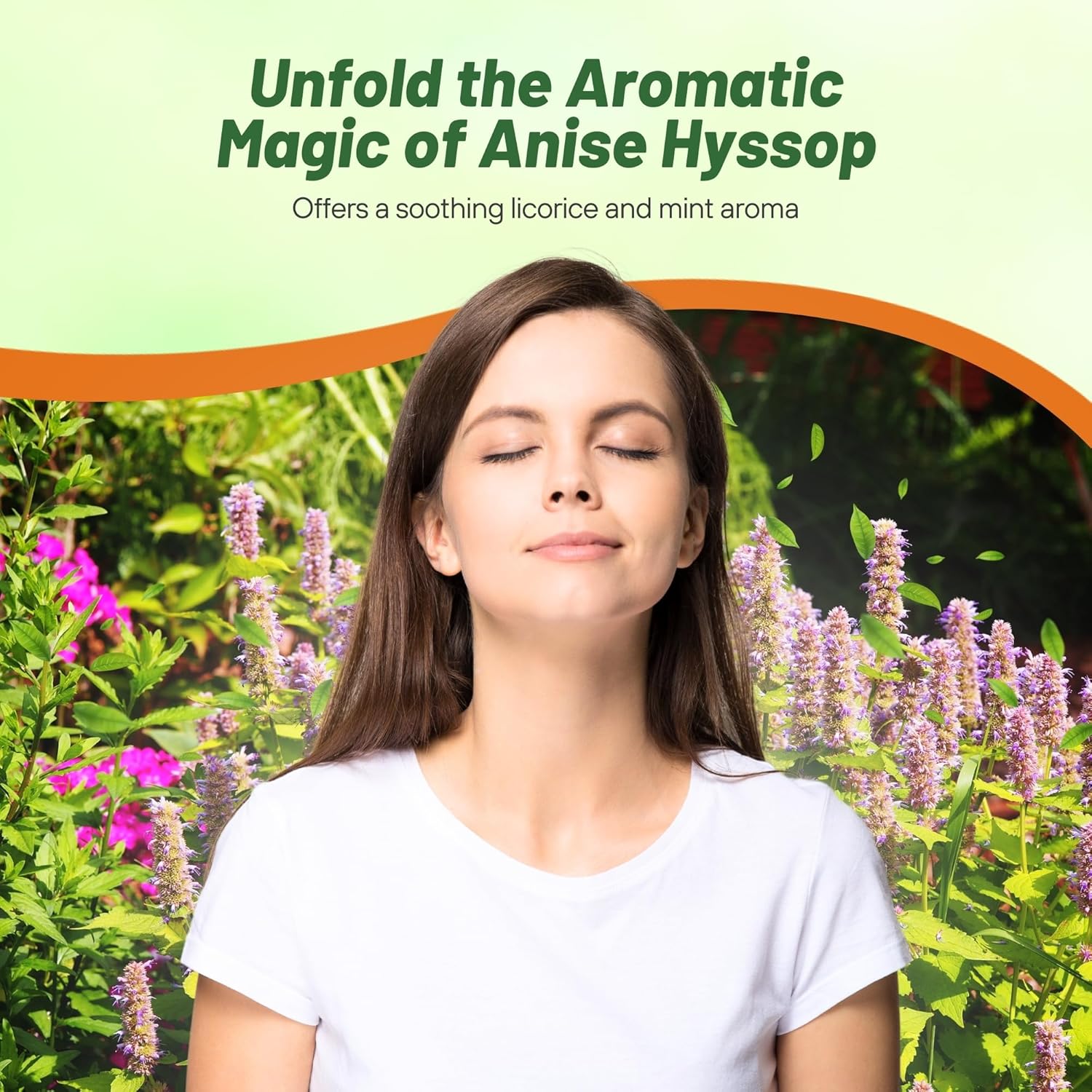



Anise Hyssop Seeds - Golden
SEASON
Perennial
USDA ZONES
4 - 10
HEIGHT
20 inches
BLOOM SEASON
Late spring until frost
BLOOM COLOR
Blue
ENVIRONMENT
Full sun to partial shade
SOIL TYPE
Well-drained, pH 5.8 - 7.2
DEER RESISTANT
Yes
AAS WINNER
2003
SEASON
Perennial
USDA ZONES
7 - 10
HEIGHT
26 - 32 inches
BLOOM SEASON
Mid summer to fall
BLOOM COLOR
Lavender blue
ENVIRONMENT
Full sun
SOIL TYPE
Well-drained, pH 5.8 - 7.2
DEER RESISTANT
Yes
HOUSE PLANT
No
SEASON
Perennial
USDA ZONES
4 - 9
HEIGHT
36 inches
BLOOM SEASON
Summer
BLOOM COLOR
Purple
ENVIRONMENT
Full sun to partial shade
SOIL TYPE
Well-drained, pH 5.8 - 7.2
DEER RESISTANT
Yes
SEASON
Perennial
USDA ZONES
7 - 10
HEIGHT
26 - 32 inches
BLOOM SEASON
Mid summer to fall
BLOOM COLOR
White
ENVIRONMENT
Full sun
SOIL TYPE
Well-drained, pH 5.8 - 7.2
DEER RESISTANT
Yes
HOUSE PLANT
No
SEASON
Perennial
USDA ZONES
4 - 9
HEIGHT
24 inches
BLOOM SEASON
Summer
BLOOM COLOR
Blue
ENVIRONMENT
Full sun to partial shade
SOIL TYPE
Well-drained, pH 5.8 - 7.2
DEER RESISTANT
Yes
SEASON
Perennial
USDA ZONES
4 - 9
HEIGHT
36 inches
BLOOM SEASON
Summer
BLOOM COLOR
Purple
ENVIRONMENT
Full sun to partial shade
SOIL TYPE
Well-drained, pH 5.8 - 7.2
DEER RESISTANT
Yes
HOUSE PLANT
No
SEASON
Perennial
USDA ZONES
5 - 9
HEIGHT
15 - 18 inches
BLOOM SEASON
Spring until frost
BLOOM COLOR
Orange
ENVIRONMENT
Full sun to partial shade
SOIL TYPE
Well-drained, pH 5.8 - 7.2
DEER RESISTANT
Yes
HOUSE PLANT
No
SEASON
Perennial
USDA ZONES
7 - 10
HEIGHT
24 inches
BLOOM SEASON
Spring until frost
BLOOM COLOR
Mix
ENVIRONMENT
Full sun to partial shade
SOIL TYPE
Well-drained, pH 5.8 - 7.2
DEER RESISTANT
Yes
HOUSE PLANT
No
About...
Anise Hyssop Golden Jubilee (Agastache Foeniculum) - This award winning Golden Hyssop herb has golden-green colored foliage with contrasting blue flowers. It can be grown from Anise Hyssop seeds, and it is attractive from seedling until frost. The spikes have strong square stems and the drought tolerant plants are held upright through the growing season.MORE AGASTACHE OPTIONS
Planting Directions
TEMPERATURE
68F
AVERAGE GERM TIME
14 - 21 days
LIGHT REQUIRED
Yes
DEPTH
Do not cover the seed but tightly press into the soil
SOWING RATE
2 - 3 seeds per plant
MOISTURE
Keep seeds moist until germination
PLANT SPACING
12 inches
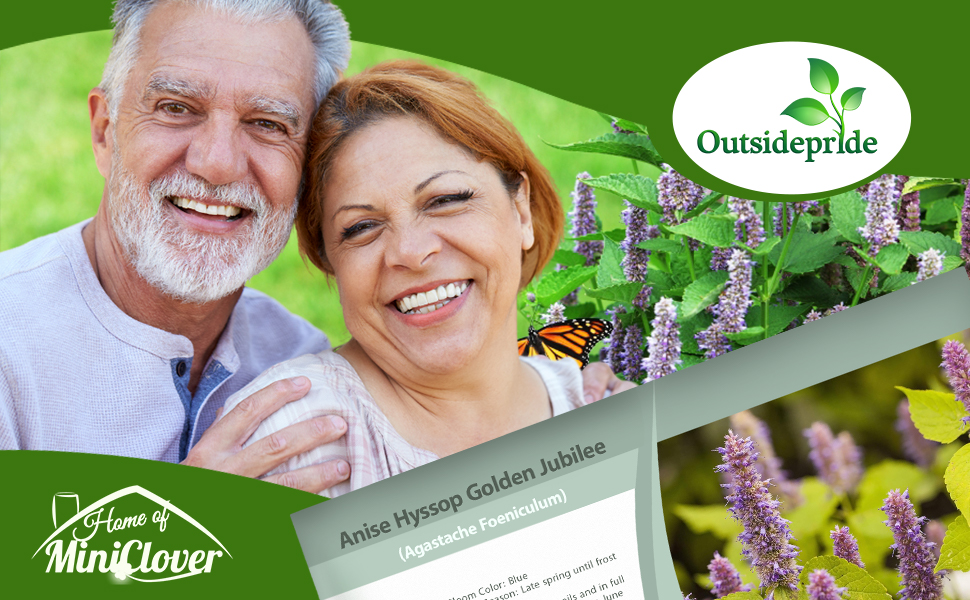
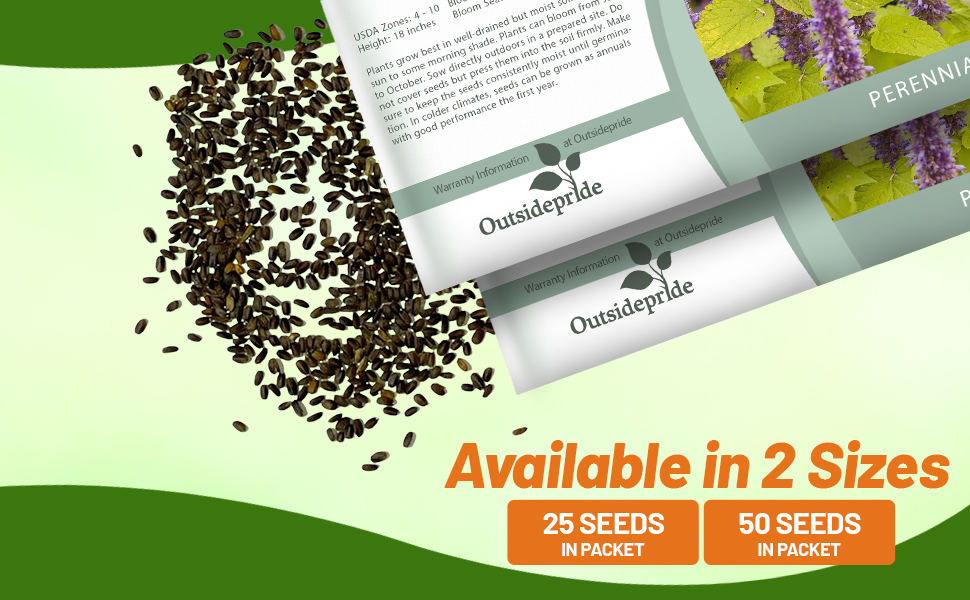
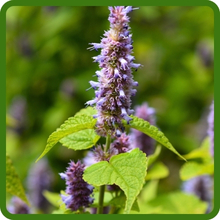
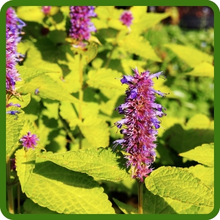
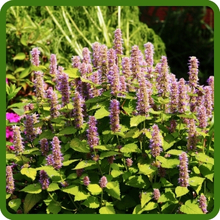
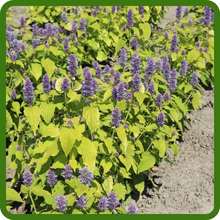
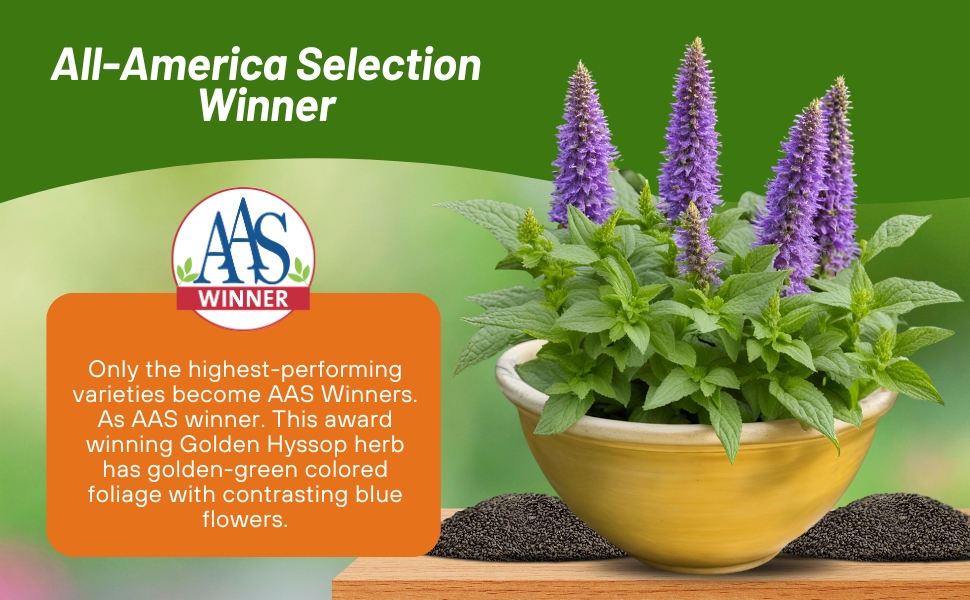
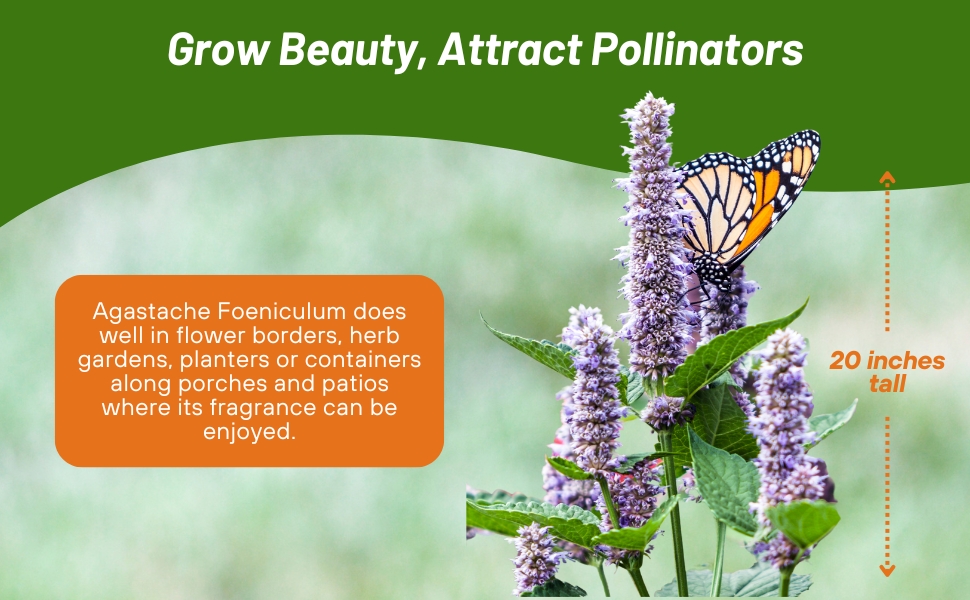
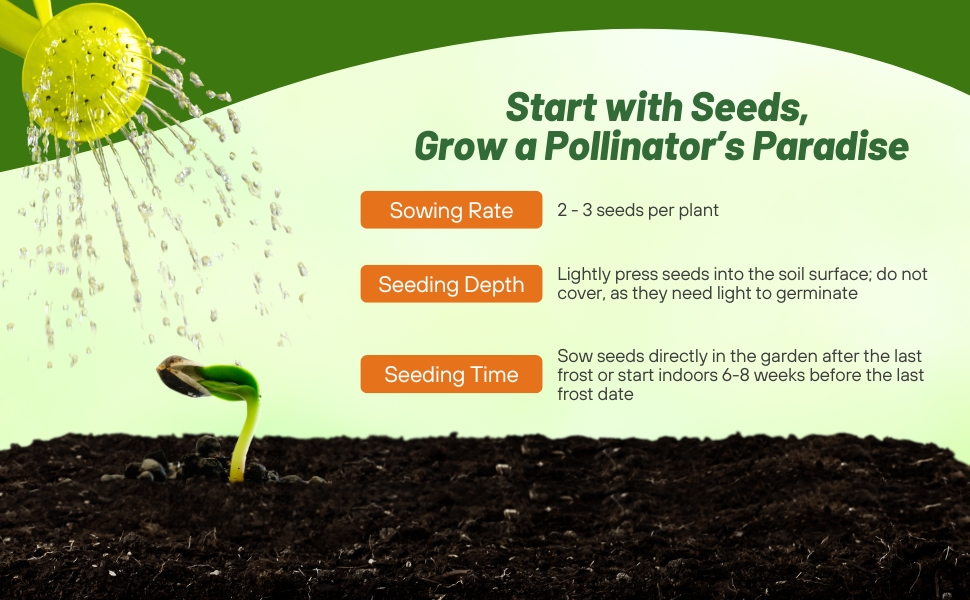
Anise Hyssop Golden Jubilee (Agastache Foeniculum) - This award winning Golden Hyssop herb has golden-green colored foliage with contrasting blue flowers. It can be grown from Anise Hyssop seeds, and it is attractive from seedling until frost. Once established, the plants are resistant to drought.
2003 AAS Flower Winner
This golden-leaved aromatic herb thrives in a full-sun garden or a partial shade garden location. The symmetrical, branching plants reach a mature height of 20 inches and spread 10 to 15 inches. The heat-loving plants will produce dense spikes of lavender-blue florets that crown the plants in mid to late summer. The attractive serrated leaves release an alluring mint fragrance when lightly crushed. Golden Jubilee is an easily grown, undemanding annual. Named Golden Jubilee to commemorate the 50 years’ reign of HM Queen Elizabeth II.
Common Questions
Do I need to deadhead my anise hyssop?
If you want to prolong your bloom season you will need to deadhead your flowers.
Does anise hyssop work for butterfly gardens?
Yes, anise hyssop attracts butterflies so is great for a butterfly garden.
Can I use anise hyssop for cut flowers?
Yes, anise hyssop can be used for a cut flower.
Can anise hyssop by dried for dried flower arrangements.
Yes, hang the blooming spikes upside down or let them dry naturally on the plant.
Planting Directions
TEMPERATURE
68F
AVERAGE GERM TIME
14 - 21 days
LIGHT REQUIRED
Yes
DEPTH
Seeds must be covered thinly
SOWING RATE
3 seeds per plant
MOISTURE
Keep seeds moist until germination
PLANT SPACING
18 - 24 inches
Giant Hyssop (Agastache Mexicana Lavender Blue) - This herbaceous perennial is best grown in moderately fertile, well-drained soil which is kept on the dry side. Because Giant Hyssop is highly scented, it is an excellent attractant to hummingbirds and butterflies. Agastache Hyssop flower seeds can be sown indoors 6 - 8 weeks before the last frost, and it will establish quickly in the garden after being transplanted when frost danger has passed.
One of the easiest and most rewarding perennials to grow from flower seeds! The award winning Agastache Mexicana is a tremendously long bloomer that produces lavender blue, bottle brush-like flowers on strong, upright stems from early summer to early fall. It is useful for adding a spot of color to the garden late in the season when many other plants are finished. The Hyssop plant has foliage that smells distinctly like black licorice when crushed. This species is also popular as a cut flower, and it dries well for use in dried arrangements.
















